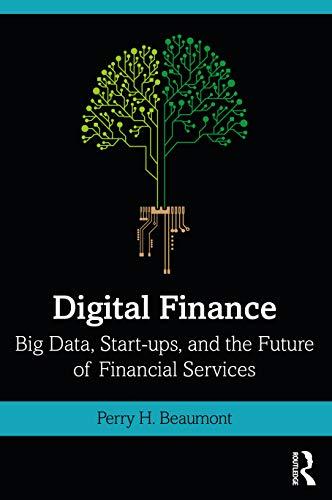Which of the following statements is most CORRECT? Select one: O a. Bankruptcy occurs exclusively due to financial mismanagement by the corporate officers. b. When a firm encounters financial distress the firm has no option to negotiage with banks and other creditors outside of formal bankruptcy. O c. All bankruptcy petitions are filed by creditors seeking to protect their claims on firms in financial distress. Thus, all bankruptcy petitions are involuntary as viewed from the perspective of the firm's management. d. Chapters 11 and 7 are the most important bankruptcy chapters for financial management purposes. If a reorganization plan cannot be worked out under Chapter 11, then the company will be liquidated as prescribed in Chapter 7 of the Act. e. "Restructuring" a firm's debt can involve forgiving a certain portion of the debt but does not involve changing the debt's maturity or its contractual interest rate. Which of the following regarding financial distress is CORRECT? Select one: O a. Increases in the probability of financial distress will cause managers to seek additional perquisite consumption to enrich themselves before corporate bankruptcy. O b. Increased financial distress tends to cause risk-averse managers to undertake addtional high- risk projects to save the company and their jobs. c. Financial distressed firms will seek to convert large cash reserves into additional raw materials to insure that production will not be disrupted. d. The reduced credit opportunities provides an advantage to firms experienceing financial distress as it encourages the firm to reduce debt obligations. O e. Increasess in financial distress can cause a reduction in customers who are uncertain about the financial viability of suppliers. When experiencing financial distress, a firm may choose to issue equity. Which of the following is INCORRECT regarding the issuing of equity during financial distress? Select one: a. Issuing equity provides the firm with additional cash reserves and liquidity. b. Equity issueance during financial distress signals to the market that the firm is undervalued has a high probability of emerging from financial distress. c. The stock price at issuance is overvalued and the stock price will tend to fall. d. Management has an informational advantage over outsiders and will isssue stock when the firm is accurately valued or overvalued. e. None of the above statements is correct Firms may choose to use debt as a managerial constraint. What best describes the reasons for using debt as a managerial constraint? Select one: a. Free cash flow allows managers to repay financially constraing debts used to finance low NPV projects and increases shareholder wealth. b. Debt financing backed by the firm's free cash flow allows the firm to maintain dividend levels. c. Share repurchses funded by current free cash flows constrains managers from "empire building" using future free cash flows. d. Agency costs constrained by debt financing allows managers to expand the firm and increase their salairies e. None of the above describes reasons for using debt as a managerial constraint










